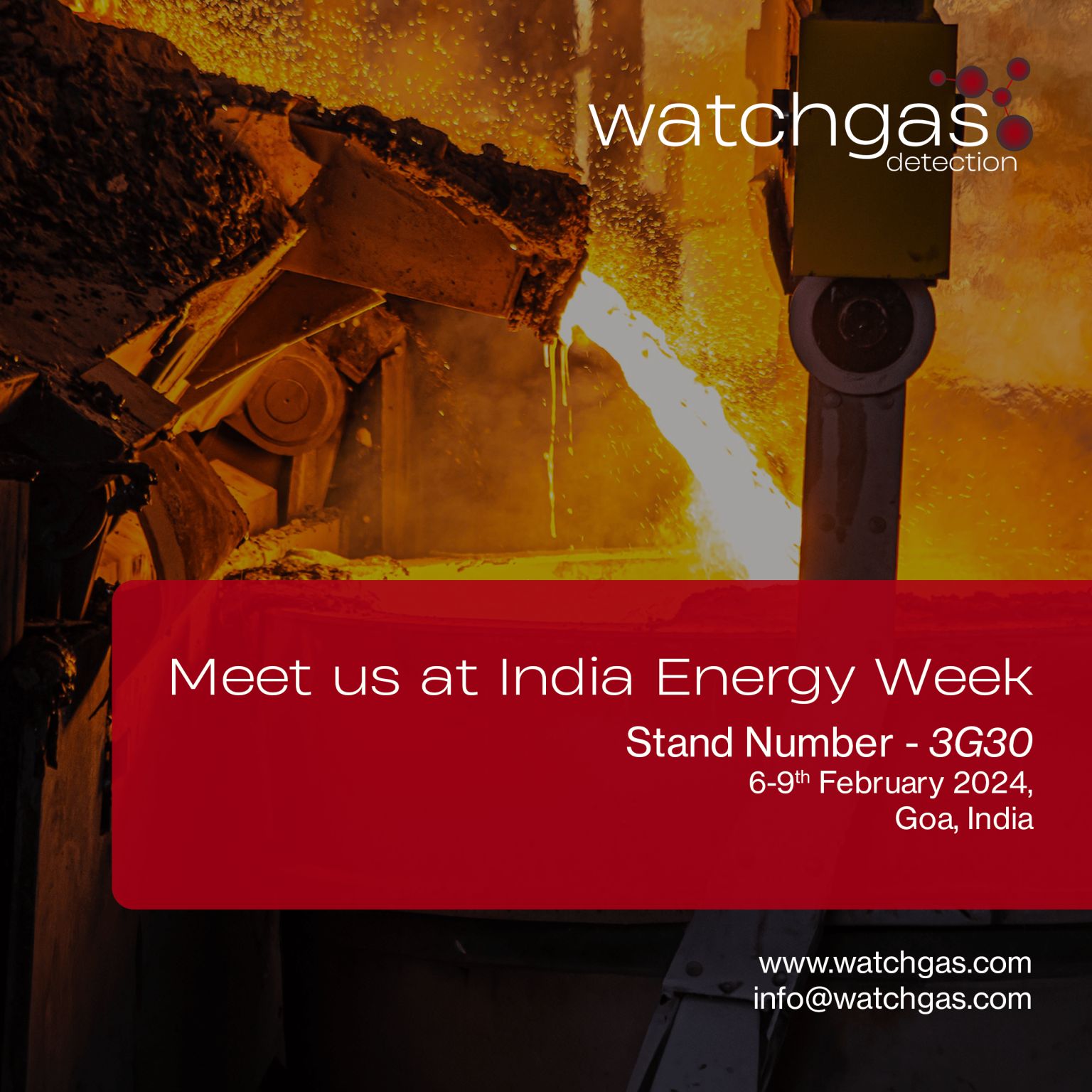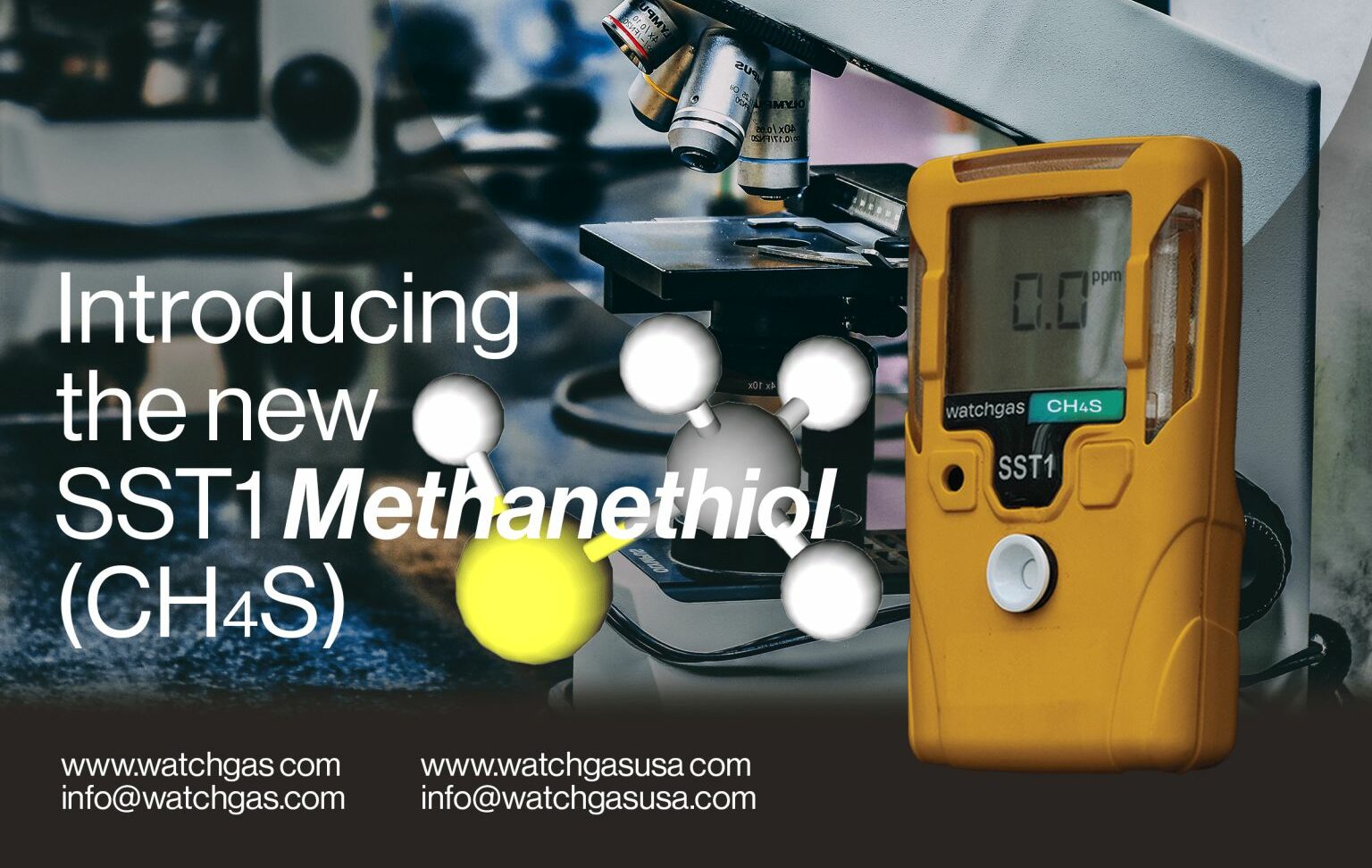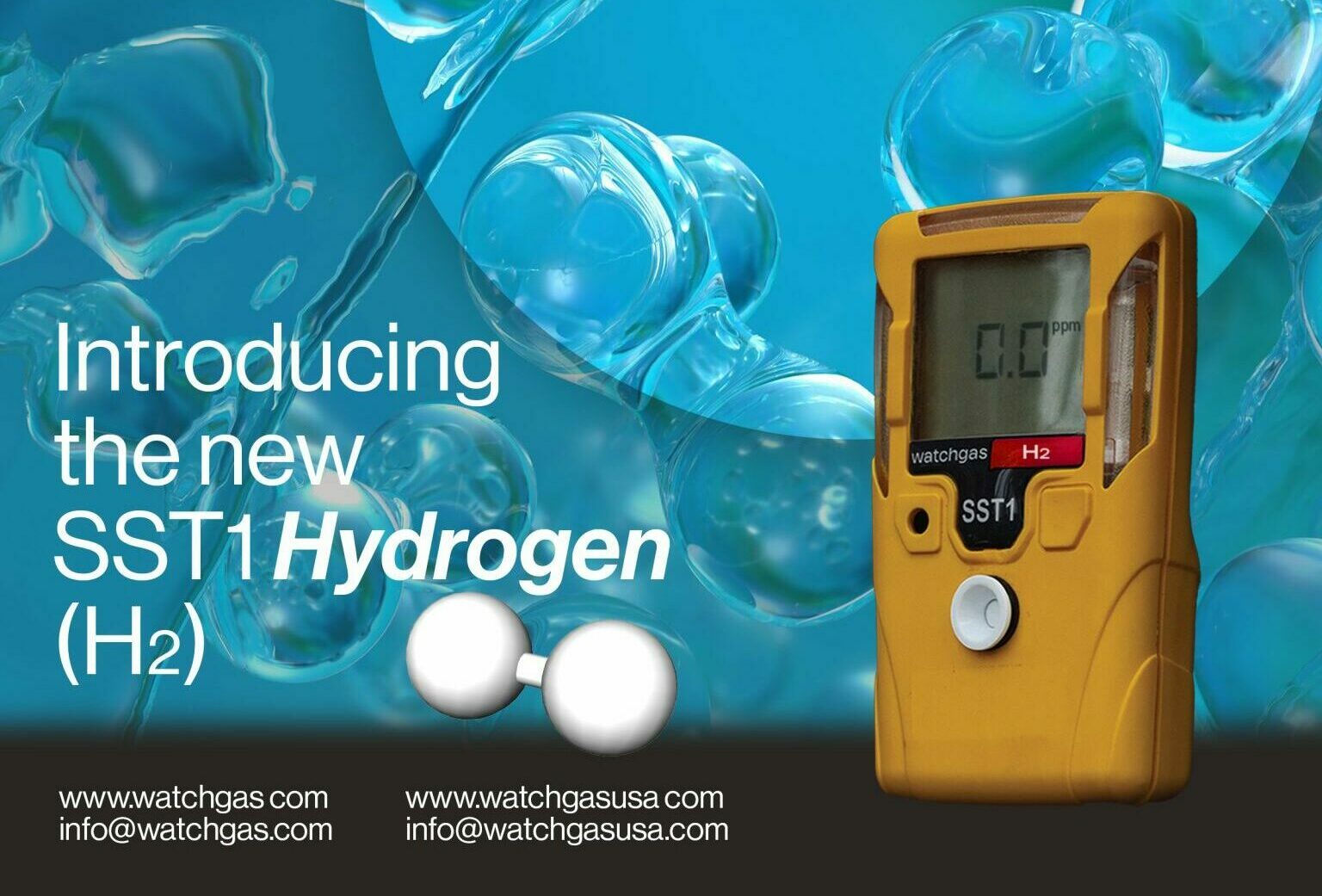How does PID work?
A photoionization detector (PID) uses low- wavelength UV light to eject electrons off-target compounds in the air or other gas. The electrons and positive ions are measured as a current proportional to the concentration of the compounds, allowing an accurate reading at levels as low as parts-per-billion (ppb). A chemical responds as long as the energy of the lamp photons is greater than the ionization energy of that chemical. WatchGas currently provides lamps with a maximum photon energy of either 10.6 eV or 9.8 eV.
The components of clean air (N2, O2, H2O, CO2, Ar, etc.). All can not ionize below 11 eV and therefore they do not interfere. Thousands of common volatile organic compounds, notably H2S, NH3, and iodine, are detectable by PID. Typical applications include fuels refining & transport, plastics manufacturing, adhesives use, painting operations, degreasing solvents, cleaning agents, food & pharmaceutical processing, hazardous waste clean-up, pesticides & fumigation, and many more.
Correction Factors
Each chemical responds with different sensitivity to the PID. The sensor is typically calibrated with isobutylene and the response corrected using a factor programmed into the instrument so that the display shows the true concentration of the compound being measured:
Reading = True Concentration = Response x Correction Factor (CF)
Several hundred CFs have been measured, covering the most likely chemicals of interest.
PIDs are Not Specific
When chemical mixtures are present, a PID responds to all detectable compounds. Programming in a correction factor does not make the instrument-specific to that compound. Thus, one vapor may interfere in the reading of another. However, if there is a known mixture of chemicals such as a gasoline or paint solvent blend, an overall CF for the mixture can be used to accurately measure the total concentration of VOCs.
Heavy Molecules
Hand-held PIDs generally can measure compounds with boiling points up to a maximum of 250ºC. Heavier chemicals tend to adsorb onto inlet surfaces and thus give a slow and non-reproducible response. WatchGas PID sensors have a low- volume, flow-through design that allows rapid response and extension of the boiling range up to about 300ºC.
Concentration Range Low ppb to Thousands of ppm
WatchGas PIDs show a very linear response between low ppb levels up to several thousand ppm. Above about 1000 ppm, we recommend a 3-point calibration to help linearize the readout at the higher concentrations.
Effect of Humidity
High humidity can reduce the PID response to VOCs in ambient air and increase the response when near condensing conditions. This effect can usually be ignored in most applications, but for highly accurate work corrections should be made or the unit calibrated at the same humidity as the measurements. Condensing conditions should be avoided. For example, if a unit is brought from a cool, air-conditioned room to hot, humid outdoor air, allow the instrument to warm up to the outdoor temperature to avoid condensation before starting any measurements. In some cases, drying tubes can be used to remove moisture and improve VOC reading accuracy.
Small Effects of Temperature and Pressure
These two parameters have only small effects on PID readings and can usually be ignored. They only come into play if the monitor is calibrated at a very different temperature or pressure than is used for the measurement. Increasing temperature decreases a PID reading by at most 5% for every 10ºC rise. Increasing pressure increases the response directly proportional to the pressure and can be corrected by multiplying by the pressure ratio:
True Concentration = Reading x (Calibration Pressure/Measurement Pressure)
PIDs Measure in Inert Atmospheres but not Natural Gas
PIDs can be used to measure VOCs in inert atmospheres, such as fuel tanks blanketed with nitrogen or argon to avoid explosion hazards. PID response in vessels de-oxygenated using hydrogen, helium, rgon, or nitrogen is higher by up to 20% compared to the response in air. Pure carbon dioxide or pure oxygen causes about a 20% decrease in response, but VOCs can still be measured if a correction is made. Natural gas (i.e., pure methane) and liquid petroleum gas (LPG) strongly quench the response of a PID and therefore measurements cannot be made in these matrices except after a 100-fold dilution.









